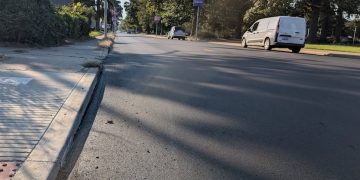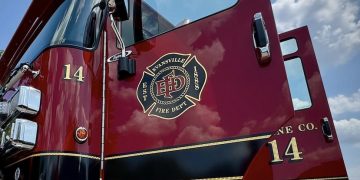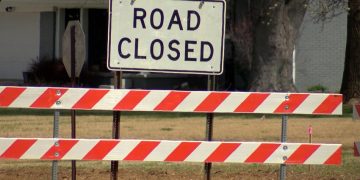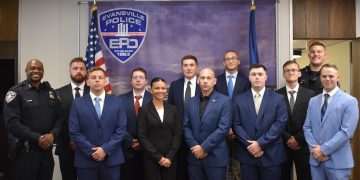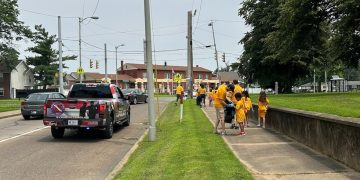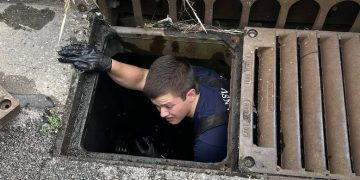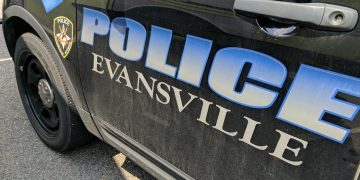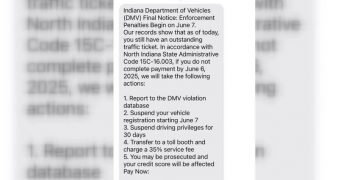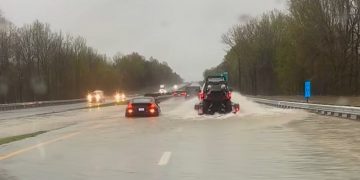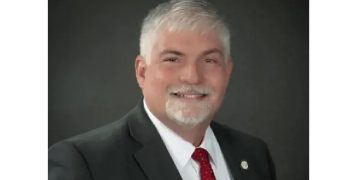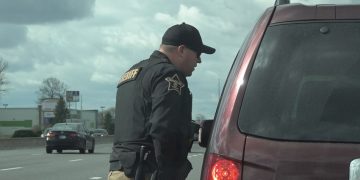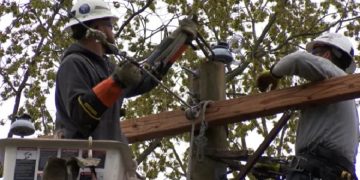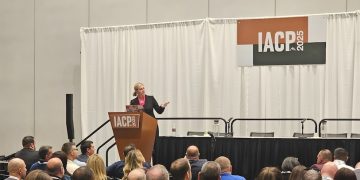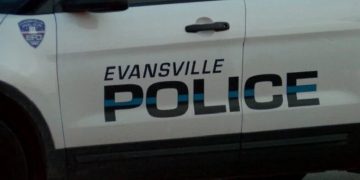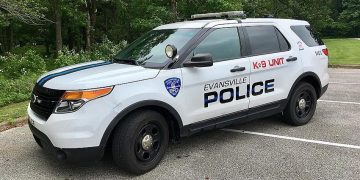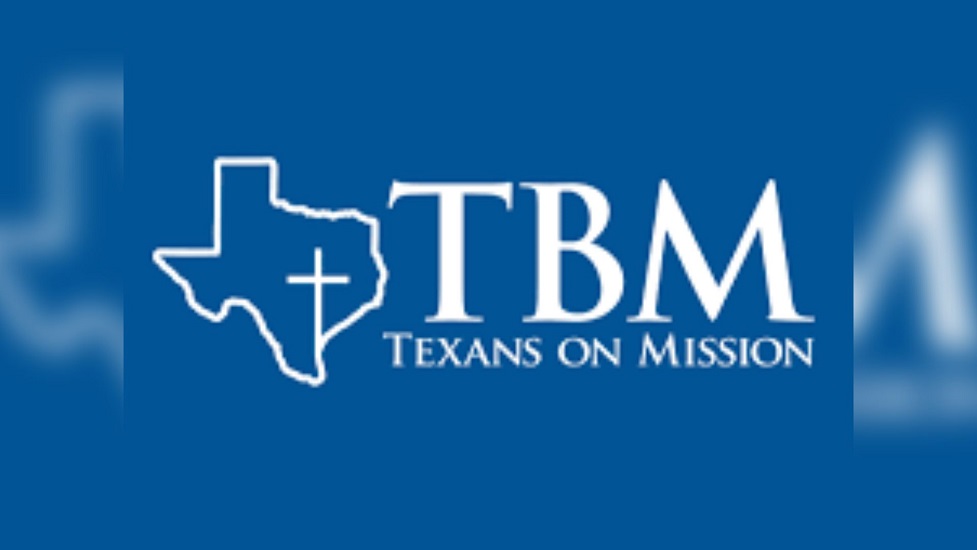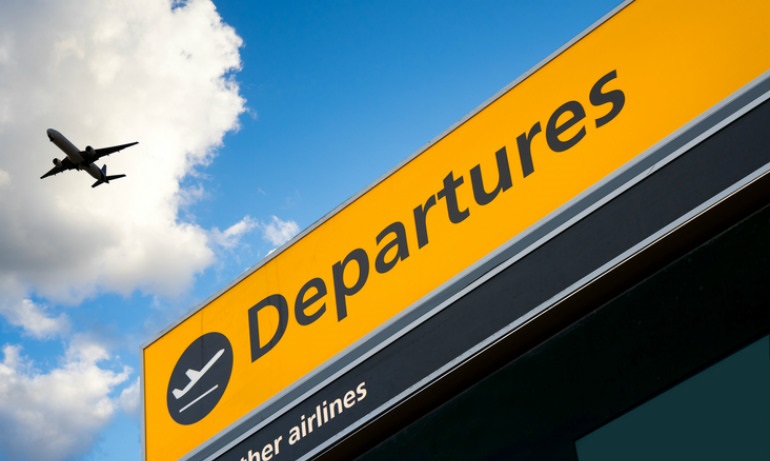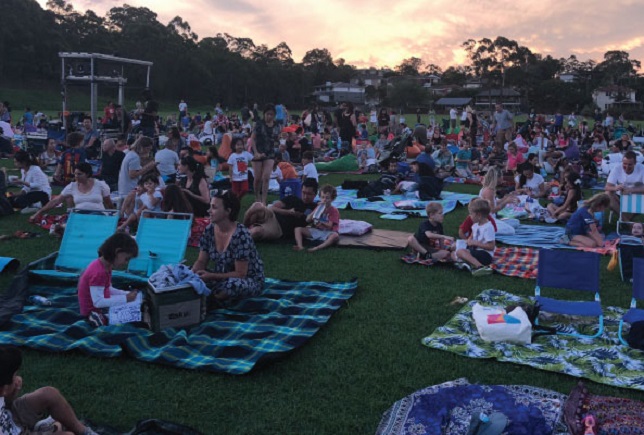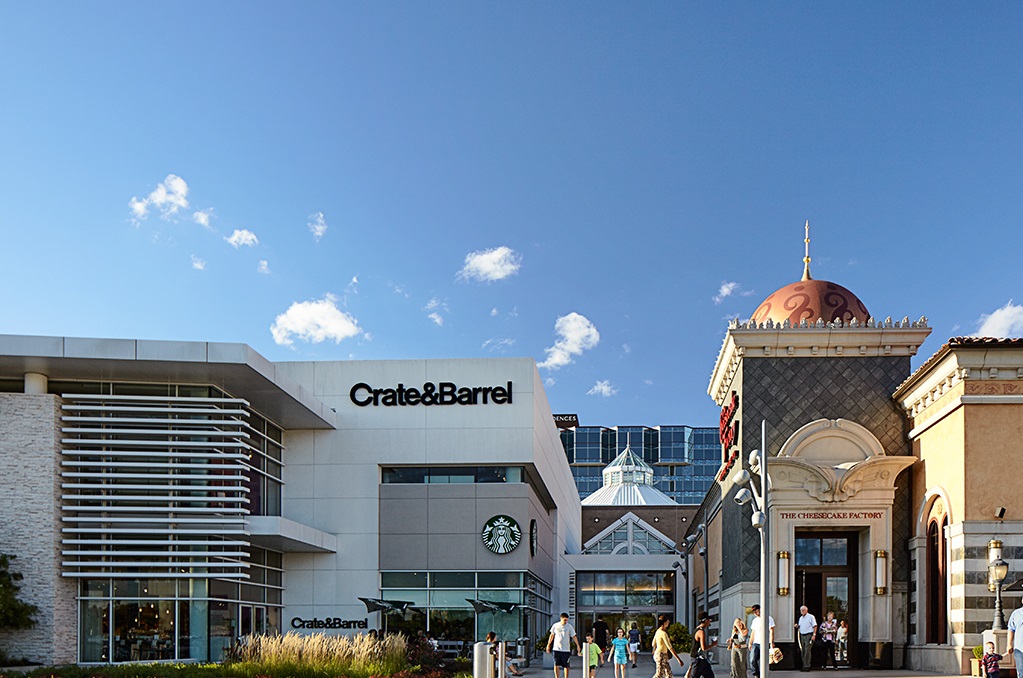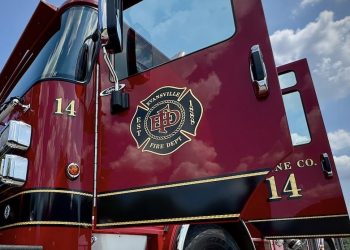At its regular meeting Wednesday night, Bloomington’s city council voted to approve an appropriation ordinance that includes, among other things, a reclassification of funds to pay for a repaving of College Mall Road.
The project, which extends between 3rd Street and Moores Pike, is planned for later this summer.
The vote, which was split 6–3 on the nine-member council, came as the clock ticked towards 10:30 p.m., about four hours after the meeting started.
Dissenting on the vote were councilmembers Steve Volan, Matt Flaherty, and Kate Rosenbarger.
The meeting was fraught with procedural wrangling that could be traced to lingering discord from the beginning of the year over the establishment of four-member standing committees of the council.
In the end, the council’s action on Wednesday provided funding for two street projects, which are supposed to start this summer. One is a repaving project—College Mall Road, southward from 3rd Street to Moores Pike.
The other project includes improvements to the intersection at Sare Road and Moores Pike and construction of a multi-use path south of there.
The intersection improvements include: replacement of outdated traffic signals; pedestrian countdown signals; pedestrian island reconstruction to shorten the pedestrians crossing distance; and new crosswalk pavement markings. The multi-use path will extend from Cathcart Street southward on the west side of Sare Road about three-quarters of a mile to Buttonwood Lane.
It was the College Mall repaving project that generated Wednesday night’s controversy.
Councilmembers didn’t dispute the need for the project—that segment of College Road rates 50 out of 100 on the scale used to assess the condition of pavement. Councilmembers also didn’t dispute the benefit to Bloomington that would come from $382,076 in matching funds through the state’s Community Crossing grant program.
The three dissenting councilmembers objected to the source of the city’s matching funds for the repaving project.
The appropriation ordinance provided those funds by transferring $386,000 from classification 2 (supplies) to classification 4 (capital outlays) in the cumulative capital development fund.
Money is available in the supplies classification, according to public works director Adam Wason, because of the relatively mild winter. His department had used just 1,600 tons of salt on city streets this past season, compared to 3,461 tons the previous year, he said.
When extra money is available from the supplies classification, the three dissenters want the administration to put the money towards the kinds of projects that are prioritized in the city’s transportation plan.
Councilmember Isabel Piedmont-Smith, who supported the appropriation ordinance, still quoted the city’s transportation plan when she asked that a new kind of balance be found, between investments in auto-centric infrastructure and non-motorized projects:
The City of Bloomington must carefully consider its space, funding, and time to prioritize infrastructure for people who take the bus, bicycle, or walk for transportation.
Piedmont-Smith wants the balance to be tipped in favor of projects that improve the transportation system for bicycling and walking.
The segment of College Mall Road to be repaved is recommended to have a protected bicycle lane in the city’s adopted transportation plan. Some kind of bicycle lane could be added after the repaving project is completed, according to Wason.
Councilmember Matt Flaherty, who voted against the appropriation, said he did so because of the source of the local matching funds for the College Mall Road repaving.
If the state had not awarded the Community Crossings grant this year, the project would have been done next year, Flaherty said, and it would have been be paid for completely out of the paving budget. If the entire project would have been paid for out of the paving budget, Flaherty said, then the match for the grant should come from the paving budget.
Public works director Adam Wason’s counter to that point was that paying for the match out of this year’s paving budget would detract from too many other paving projects scheduled for this year.
Flaherty urged that the grant be accepted as a “win” for the paving budget. When a windfall comes from a mild winter leaving excess money for supplies, Flaherty said it be put towards the kinds of projects that the city’s plans say should be prioritized—sidewalk and cycling networks.
Money for repair and expansion of the city’s sidewalk and bicycling network is hard to come by, Flaherty said. He said it’s important to start changing the city’s transportation system—based on issues of social equity, public health, climate change mitigation, quality of life, and safety.
Flaherty supported the other two elements of the appropriation ordinance—the Sare Road intersection and multi-use path project, and the accounting housekeeping. So his opposition to the source of funds for the College Mall Road repaving meant he had a dilemma when it came to a vote. “I’m stuck in a situation where I don’t support a portion of this,” Flaherty said.
Rosenbarger and Volan joined Flaherty in dissent over the same part of the ordinance.
Motion to divide the question
Before the vote came on the ordinance, Flaherty had attempted to give dissenting councilmembers a way to vote for the Sare Road project, which they supported, but against the source of funds for the College Mall Road repaving project. The procedural motion is called “dividing the question” into component parts.
The parliamentary wrinkle associated with diving the question is that it’s undebatable, under Robert’s Rules of Order. Robert’s Rules apply to Bloomington’s city council proceedings in all situations not otherwise specified in the city code.
So after such a motion is made, it’s not subject to a discussion where councilmembers in turn make arguments for or against it. Sometimes deliberative bodies using Robert’s Rules will discuss the merits of an undebatable motion before it is even made.
But Flaherty didn’t give arguments for his motion to divide the question before making it. After the motion was made and a written version was provided to the city clerk, Flaherty asked Volan, who was presiding over the meeting as council president: “While not debatable, would it be appropriate for me to explain, or present the motion, explain why I am bringing it? Or no?”
Volan responded: “I think not.” On that topic, Robert’s Rules says, “Because a motion is undebatable it does not follow that while it is pending the chair may not permit a question or an explanation.”
So the council voted on Flaherty’s motion without an explicit description about the reason for it. The tally on that vote was 4–5, falling one vote short of the majority it needed. Joining the three eventual dissenters on the main question, in support of Flaherty’s motion to divide it, was Piedmont-Smith.
During the deliberations that ensued after the motion to divide the question failed, Volan lamented the fact that the majority on the council had forced the minority to vote on the ordinance as a whole. “The majority didn’t allow the minority to vote their conscience,” he said, adding that this should give the majority pause.
Motion to refer to transportation committee again
Before Flaherty’s motion to divide the question, Volan had moved to refer the entire ordinance back to the four-member transportation committee. The committee held a meeting last week about the ordinance. Volan is a member of that committee. The motion to refer it to the committee for further consideration failed 1–8. Volan’s was the sole vote in support of that motion.
Volan had wanted the ordinance to be sent back to the transportation committee, because under the city code, a standing committee does not have to report back to the full council on a recommendation until the second meeting after it’s referred to the committee. So normally, the transportation committee would have had a chance to meet a second time on the appropriation, before consideration by the full council.
The reason the full council was required to at least consider the appropriation ordinance on Wednesday, if not take final action, is that a public hearing had been officially noticed for that day.
Volan chalked up Wednesday’s difficult discussion on the appropriation ordinance to the scheduling issue. It was a hard discussion, he said, because the transportation committee did not have a chance to have a second meeting, before the public hearing took place. He was also critical of the administration’s approach to the appropriation ordinance, which combined three elements, which could have been separated.
Councilmember Dave Rollo countered by pointing out that Volan, as council president, has the ability influence the schedule and the way the administration presents legislation to the council. Rollo said the administration must have gotten a signal from Volan that the way the appropriation ordinance was presented to the council was appropriate.
Rollo also challenged Volan to articulate what specific questions he had that could be answered by referring the ordinance to the committee again.
What councilmembers found persuasive was the fact that a referral to the committee did not appear to have a chance to achieve anything other than a two-week delay, except possibly a longer, six-week delay.
The bids needed to be awarded by Aug. 1, to satisfy the requirements of the state’s matching grant, public works director Adam Wason told the council. So he had concerns that a two-week delay would mean a tight timeline for his staff to deal with the bid packages.
City controller Jeff Underwood said that if the source of matching funds for the repaving project were altered in the appropriation ordinance, that would mean starting from scratch with the public noticing requirement for the hearing. The six-week delay would from a practical point of view kill the project.
Councilmember Sue Sgambelluri spoke against referring the ordinance to the transportation committee again. She said she had voted in favor of establishing the standing committees. Still, her “loyalty” is not to the committee structure, but to the idea that the committee approach might yield better legislation, she said. In this instance, Sgambelluri said, she did not see how the resulting legislation would be improved by having the transportation committee hold another meeting on the topic.
Summary of Appropriation Ordinance 20-02
- An appropriation of $900,000 from some restricted local income tax (LIT) funds to go towards matching INDOT money for the Sare Road multi-use path and intersection improvement project;
- A transfer of $1,731,205 from the motor vehicle highway fund to the a restricted sub-fund of the motor vehicle highway fund—to comply with a directive from the State Examiner to all cities across the state so that restricted funds can be tracked better; and
- A transfer of $386,000 from classification 2 (supplies) to classification 4 (capital outlays) in the cumulative capital development fund, so that the money can be spent to match state funds awarded for the repaving of College Mall Road between 3rd Street and Moores Pike.















